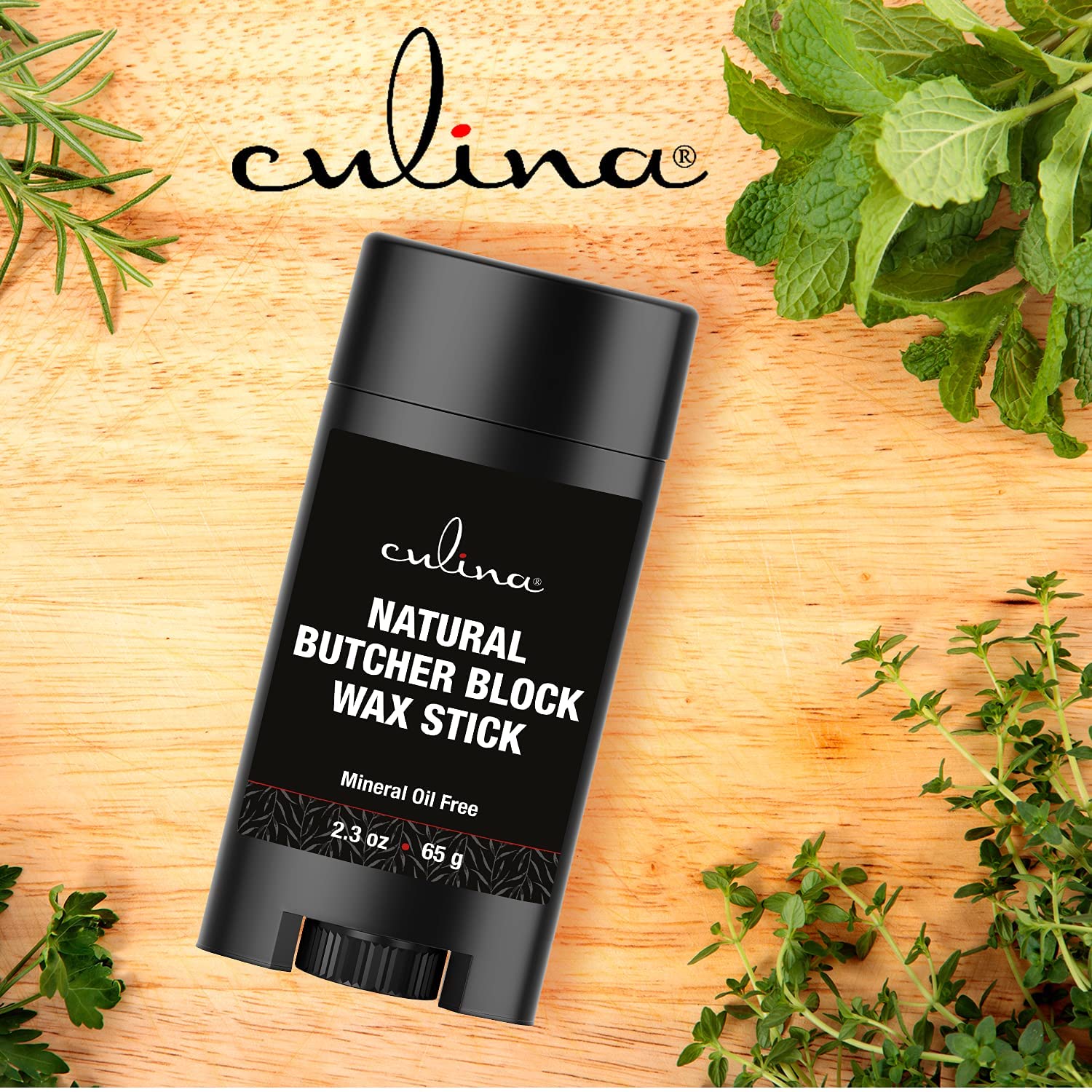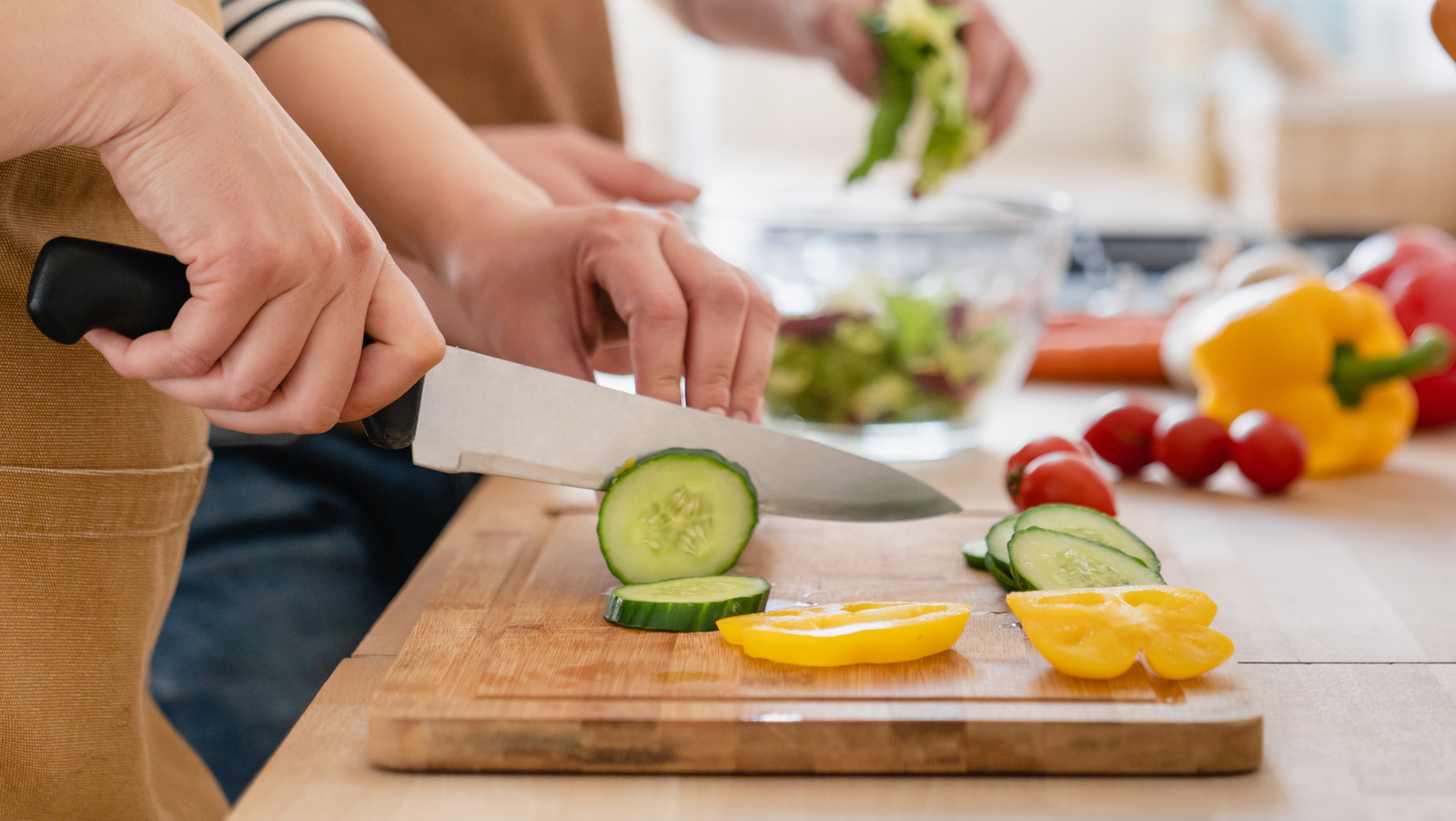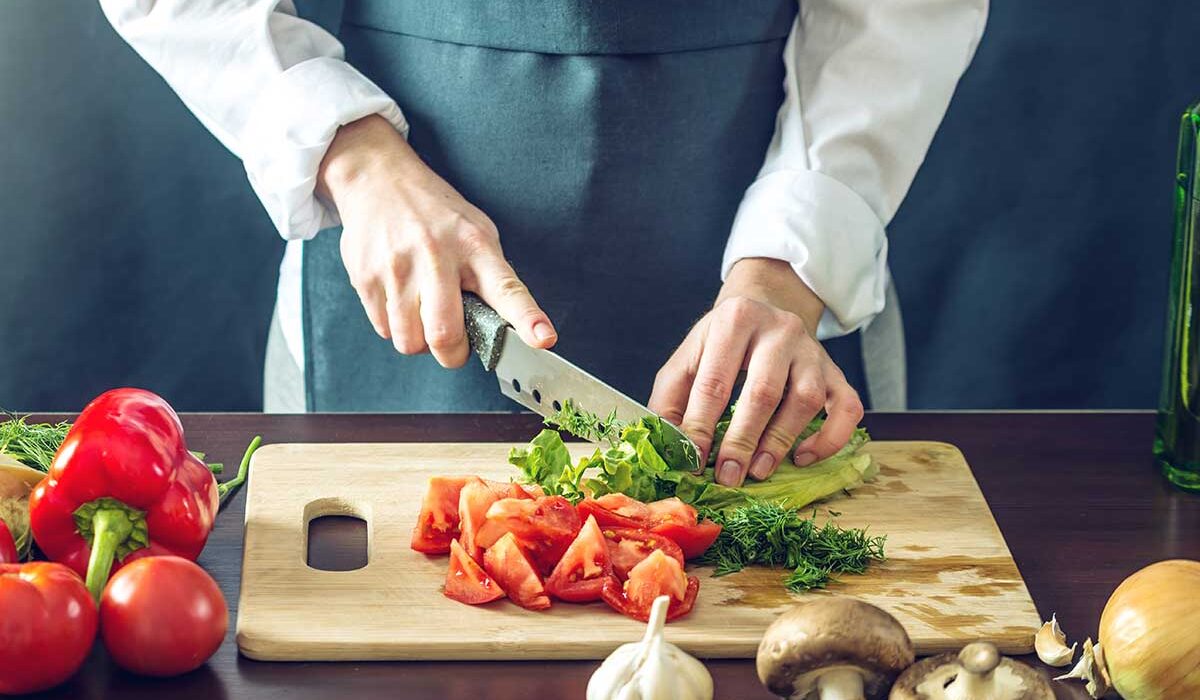A cutting board is an essential tool in every kitchen, whether you are a professional chef or a home cook. However, with time and use, cutting boards can become dull, scratched, or even warped. Knowing how to resurface cutting board can not only extend the life of your board but also ensure a safe and hygienic space for food preparation.

Why It’s Important to Resurface Your Cutting Board
Your cutting board goes through a lot of wear and tear. Regular maintenance and resurfacing can help in preserving its condition. This section will delve into the significance of cutting board resurfacing and its benefits.

Signs Your Cutting Board Needs Resurfacing
Identifying when your cutting board needs resurfacing is crucial. Scratches, knife marks, grooves, and stains are common indicators. Learn more about how to recognize these signs early on and avoid potential health hazards.
Deep Scratches and Grooves
Deep scratches can harbor bacteria and are difficult to clean. These marks can also damage your knives. Understanding these concerns is the first step towards addressing them.
Warping and Uneven Surface
Warping can cause instability on your countertop, leading to accidents. An uneven surface can also make it difficult to slice or chop food evenly.
Discoloration and Stains
Stains can make your cutting board look unsanitary and unattractive. Deciphering the causes of these stains can guide you in their removal.

Materials Needed for Resurfacing
Before you start the resurfacing process, gather all necessary materials. This section will outline the tools and supplies needed.
Sandpaper
Select the right grit for your type of cutting board. Coarse sandpaper will remove deep scratches, while finer grits will smooth the surface.
Mineral Oil
Food-grade mineral oil will condition and protect your cutting board after sanding. This helps in maintaining its finish and preventing future stains.
Cloths and Brushes
Use clean, lint-free cloths for applying oil and brushes for dusting off. Ensure all tools are clean to avoid contamination.
Step-by-Step Guide to Resurfacing a Cutting Board
Step 1: Clean the Cutting Board
Begin by thoroughly cleaning your cutting board. Use hot water and mild detergent to remove any food residues.
Step 2: Choose the Right Sandpaper
Select the appropriate grit based on the severity of the damage. For deeper cuts, start with coarser grits, and finish with finer ones.
Step 3: Sanding the Cutting Board
Sanding should be done in the direction of the wood grain. This will prevent further damage and ensure a smooth finish.
Step 4: Clean Up Dust
After sanding, wipe off all dust using a damp cloth. Ensure the board is completely clean before applying any oil.
Step 5: Apply Mineral Oil
Using a clean cloth, apply a generous amount of food-grade mineral oil. Let it soak into the wood for a couple of hours before wiping off any excess.
Maintenance Tips for a Longer-Lasting Cutting Board
Regular Cleaning
Regular cleaning will prolong the life of your cutting board. Everyday cleaning with mild soap and water is essential.
Monthly Oiling
Oil your cutting board at least once a month to maintain its moisture and prevent it from cracking or warping.
Proper Storage
Store your cutting board in a dry, well-ventilated area to prevent moisture build-up and mold formation.
Common Mistakes to Avoid
In this section, we will address common mistakes people make while resurfacing their cutting boards and provide tips on how to avoid them.
Using Harmful Chemicals
Avoid using harsh chemicals as they can penetrate the wood and contaminate your food.
Skipping Fine Sanding
Always finish with fine sandpaper to ensure a smooth surface that is gentle on your knives.
FAQs
How often should I resurface my cutting board?
It depends on the usage, but generally, it’s good practice to resurface when you notice deep grooves, scratches, or warping.
Can I use any oil for conditioning my cutting board?
No, only use food-grade mineral oil as it is safe for contact with food and does not go rancid.
Is it possible to resurface plastic cutting boards?
Yes, but the process is different. Plastic boards can be sanded but require different techniques and tools.
For more detailed guides related to kitchen maintenance, check out our articles on cleaning white cutting boards, chicken shish kabobs, and pork chops.
For additional information, you might find it helpful to read up on cutting board safety on Food Safe Pal or visit Wikipedia’s page on Cutting Boards.
As an Amazon Associate, I earn from qualifying purchases.


